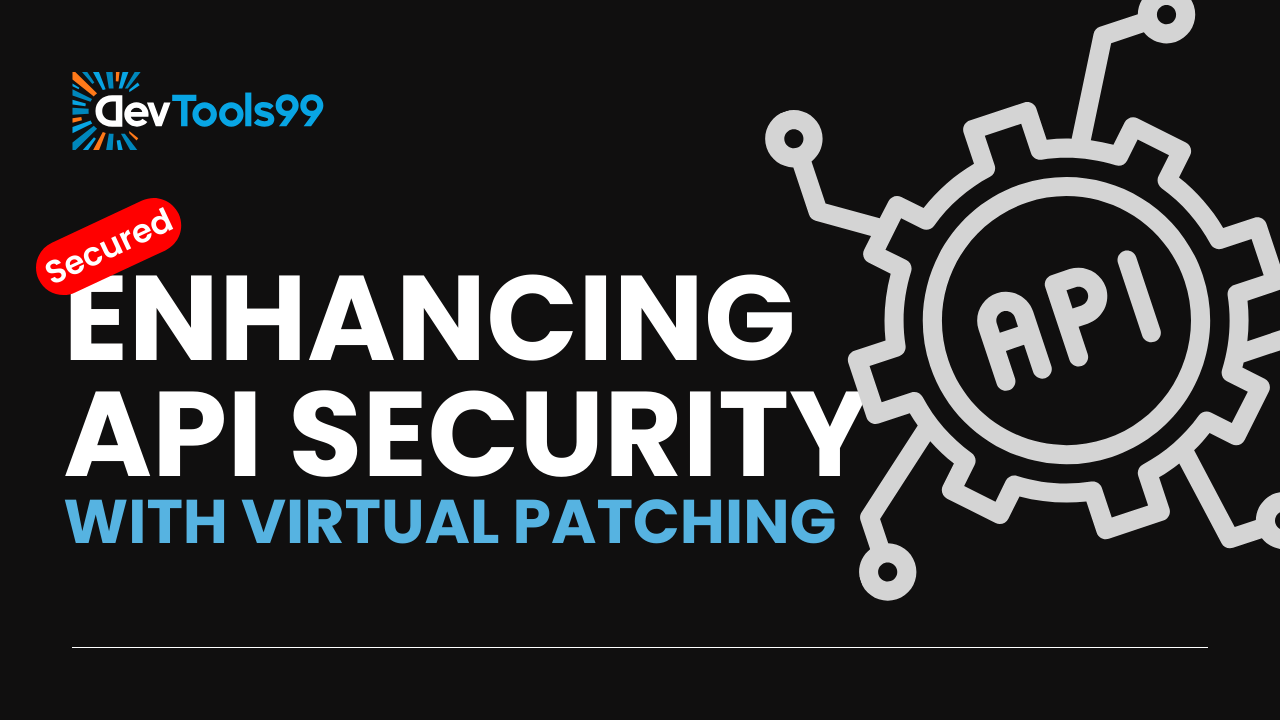
Enhancing API Security with Virtual Patching: A Proactive Approach to Protect Vulnerable APIs
As API usage becomes more widespread, the imperative to fortify these interfaces against cyber threats grows exponentially. Virtual patching emerges as a proactive solution that secures APIs instantly by enforcing security policies at the network's edge, thus safeguarding them from the moment vulnerabilities are identified and before traditional patches can be developed and deployed.
API Vulnerabilities: Growing Risks in an Expanding Digital Landscape
APIs are pivotal in facilitating expansive digital interactions across services and platforms, but their pervasiveness increases the potential attack vectors for malicious actors. Each new API endpoint may potentially expose systems to risks such as data leaks, unauthorized access, and systemic compromises. With each vulnerability, the necessity for advanced and agile security measures escalates, emphasizing the importance of protective solutions that can adapt to rapidly evolving threats.
The Concept of Virtual Patching
Virtual patching addresses security weaknesses within APIs not through direct modifications to their code but via security rules implemented at the network perimeter. This approach allows organizations to deploy a defensive barrier against exploitation attempts on known vulnerabilities, effectively reducing the window of opportunity for attackers and maintaining API functionality during the development of a permanent fix.
How Does Virtual Patching Work?
Virtual patching functions by applying tailored security rules that scrutinize both incoming and outgoing data traffic at the API level. These rules are designed to detect and block potentially malicious actions based on behavioral patterns and signature-based recognition, preventing threats from reaching the API's core operations. This layer of interception plays a crucial role in maintaining the continuity and security of API services.
Benefits of Virtual Patching for API Security
Virtual patching confers several strategic advantages:
- Faster Resolution of Vulnerabilities: It enables immediate intervention upon the discovery of security flaws, significantly reducing the exposure time to potential exploits.
- Minimal Disruption to Operations: By functioning at the perimeter and not requiring downtime for software updates, virtual patching ensures that API services continue uninterrupted, preserving operational stability.
- Real-time Threat Blocking: This method acts as a proactive shield, blocking invasive actions in real-time and thus bolstering the API's defense against emergent security challenges.
Real-time Protection for Vulnerable APIs
Virtual patching is not just a stop-gap measure; it serves as a dynamic, real-time shield that engages instantly upon detecting a threat. This rapid deployment capacity is crucial for APIs that handle sensitive transactions or data, providing a robust interim solution until a more permanent code-based patch can be safely implemented.
Addressing Common API Security Threats with Virtual Patching
Virtual patching effectively mitigates some of the most prevalent security threats to APIs, such as:
- Broken Authentication: It can enforce stricter authentication protocols to prevent unauthorized access.
- Data Exposure: By controlling data flows and access permissions, virtual patching helps shield sensitive data from exposure and theft.
- Rate Limiting: It aids in managing the rate of requests to APIs to prevent abuse and potential denial-of-service attacks.
Implementing Virtual Patching for Optimal Security
Integrating virtual patching within an API security strategy enables real-time threat detection and response. This integration empowers security teams to handle vulnerabilities proactively, enhancing the overall resilience of API ecosystems against cyber threats.
Conclusion
The strategic implementation of virtual patching is essential for the protection and longevity of APIs within modern digital infrastructures. By offering an immediate, effective response to vulnerabilities, virtual patching not only secures APIs but also supports the seamless operation of digital services, reinforcing the security posture of entire organizations.
Follow Us:
Stay updated with our latest tips and tutorials by subscribing to our YouTube Channel.
